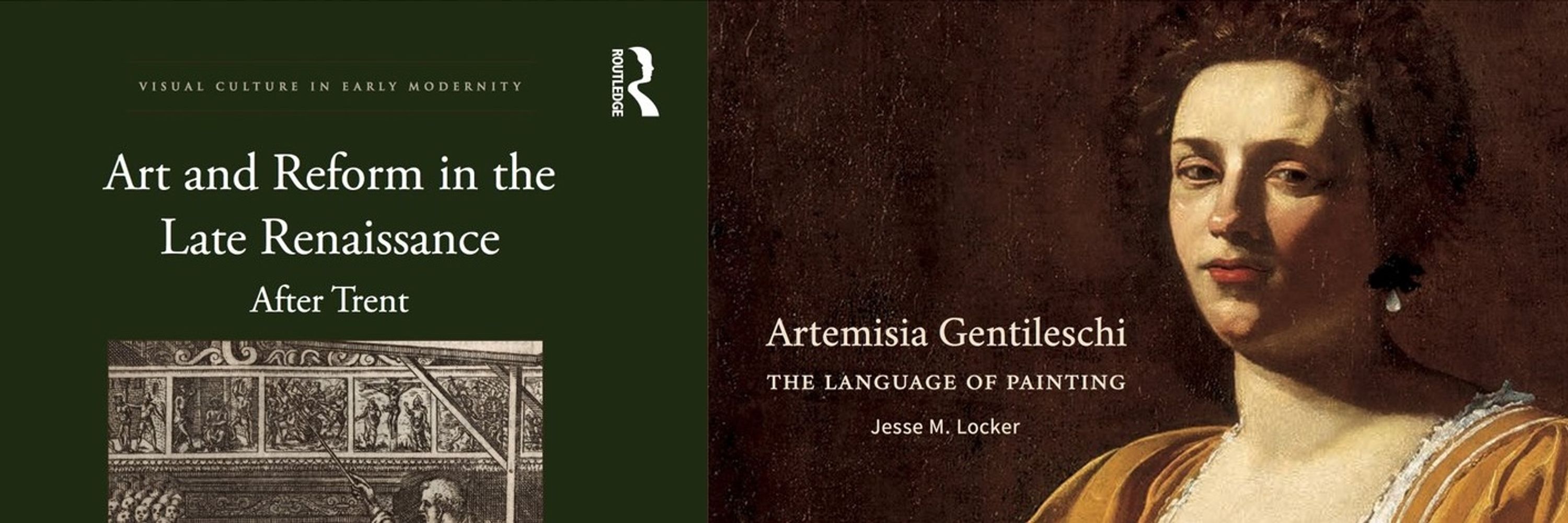Jesse "Pecke in the Crowne" Locker
@jessemlocker.bsky.social
8.5K followers
1.8K following
2.5K posts
Professor of art history at Portland State University. Author of Artemisia Gentileschi: The Language of Painting (Yale University Press) and some other stuff. 2 parts Weltschmerz, 1 part vermouth, a dash of film noir.
Posts
Media
Videos
Starter Packs
Reposted by Jesse "Pecke in the Crowne" Locker
Reposted by Jesse "Pecke in the Crowne" Locker
Reposted by Jesse "Pecke in the Crowne" Locker
Reposted by Jesse "Pecke in the Crowne" Locker
Reposted by Jesse "Pecke in the Crowne" Locker

















